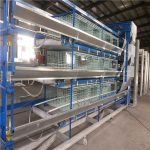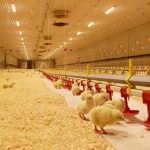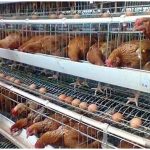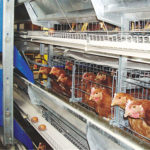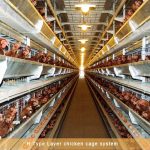The chicks that have just emerged are small and have few fluff. Sensitive to temperature. Can not effectively regulate their body temperature, both cold and afraid of heat. The appropriate temperature should be controlled according to the activity of the chicks. Can grow well. Improve the survival rate of chicks and reduce the mortality rate of chicks. Therefore, in the brooding work, mastering the necessary temperature control technology is very important for brooding.
The insulation performance of the brooding room is directly related to the temperature control effect. The brooding room should have good heat preservation, so that the chicks can grow and develop healthily. The heating equipment includes heating stove, insulation umbrella, infrared lamp and electric heating plate. Use a heating stove to control the overall temperature. Use infrared light to control local temperature. This method heats up quickly, controls the temperature, and the effect is good. It is necessary to pay attention to the tightness of the heating pipe to prevent gas poisoning inChicken Breeding Equipment Machinery.
Before entering the chick, test the temperature, check whether the number of heating equipment is sufficient, whether the placement position is ideal, and whether the temperature meets the specified requirements. Generally, there is a suitable temperature gradient for the feeding level of the chicks. The room temperature can reach about 35 °C, and the temperature measurement point is at the four corners of the high bed. The height is 5 cm from the bottom of the bed, which is equivalent to the height of the head when the chick is standing. It can be used for brooding when the test temperature is met. When determining the time of entering the chick. The brooding room should be warmed up and warmed up in advance. To ensure that the room temperature is 30 ~ 35 ° C when entering the chick. It should be adjusted in time according to the adaptation activities of the chicks.
The temperature-controlled brooding process during brooding refers to the chicks coming out of the shell until it is warmed down, usually about 1 month. 1 day age temperature control at 35 ° C: 3 to 7 days old temperature control at 32 ~ 35 ° C: 7 ~ 10 days old temperature control at 30 ° C: 10-15 days old temperature control at 28 ~ 30 ° C; 15 ~ 26 days The age is controlled at 25 to 28 ° C until room temperature. However, due to various factors such as chicken breed, climate, and feeding management level. The basis for providing the optimum temperature is mainly to see the chicken temperature.
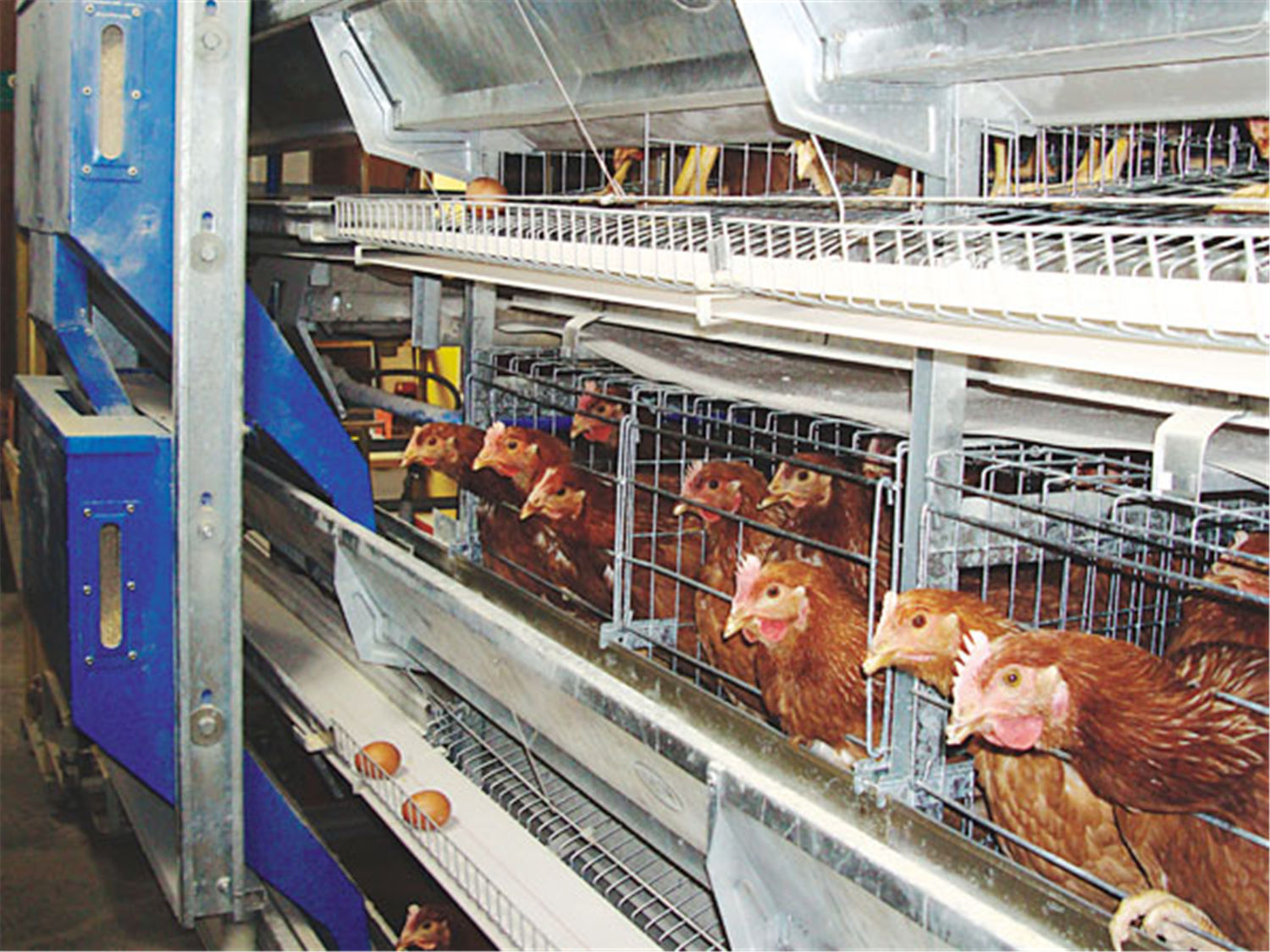
Ventilation and heat preservation is a contradiction. When emphasizing insulation, we must never ignore ventilation. Chicks grow fast, have strong metabolism, high respiratory rate, consume more oxygen, and have more excretion. Only when they are fully ventilated, can they keep indoor air fresh and avoid the lack of oxygen and the death of chicks. Generally, the natural ventilation air flow rate is slow, the air exchange amount is small, and the temperature influence is small, which is a conventional ventilation method. Use a ventilator mounted on the wall to force external exhaust. It is a kind of assault ventilation method used when the air quality in the brooding room deteriorates. The effect on temperature is large. When using it, it is necessary to first increase the room temperature when venting. Short-term, multiple-intermittent venting can be used to minimize the effect of ventilation on temperature. When people enter the room from the outdoor fresh air environment, they can judge the air quality by feeling. If there is no abnormal feeling, it is normal: there is a feeling of sultry heat, which is low in oxygen content: odor, irritating odor, high
concentration of harmful gases such as ammonia. If the ventilation effect is not good, the chicken manure should be removed first, and the litter should be replaced. Blindly increasing the amount of ventilation will affect the temperature. In addition, the feeding density should be adjusted in time according to the growth and development of the chicken. To ensure the dynamic balance of indoor temperature and air quality.


